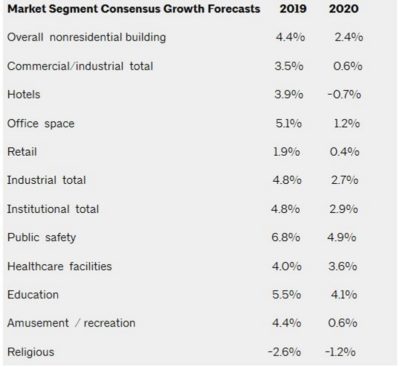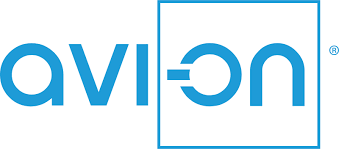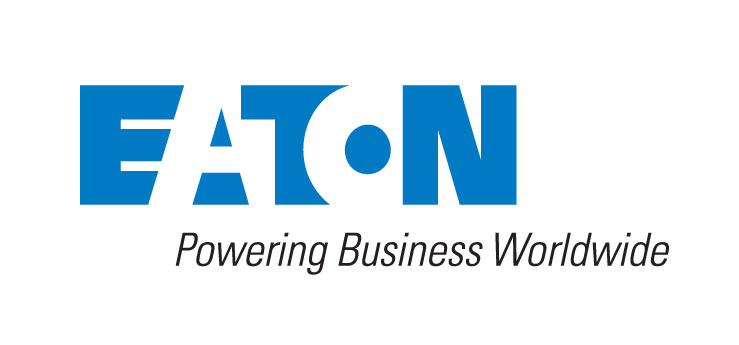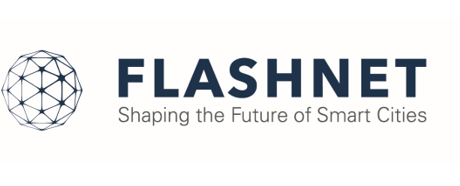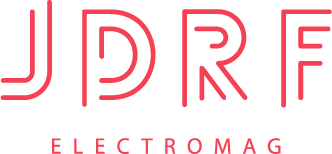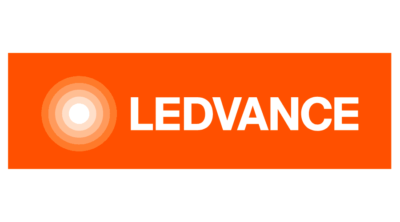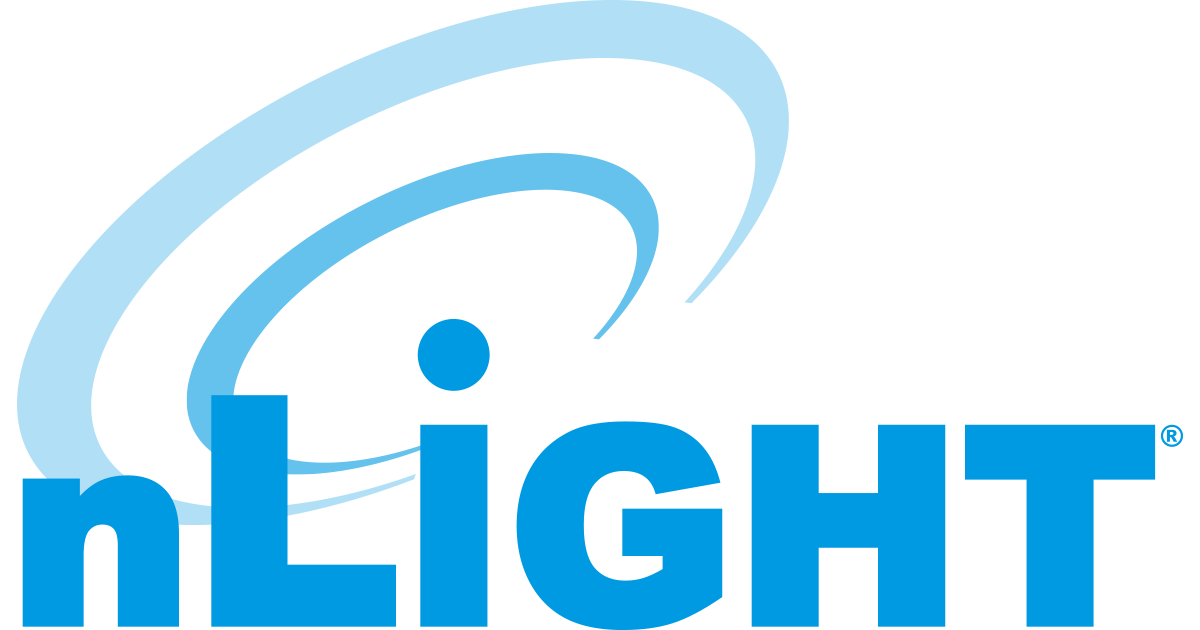The Lighting Controls Association is pleased to announce that completion of all courses offered at the association’s online Education Express continuing education website qualifies students to earn a Certificate of Technical Knowledge in Lighting Controls.
As the commercial lighting industry continues its steady move towards more advanced controls and lighting solutions, for many experts, all signs point to networked lighting controls. And when it comes to truly intelligent, flexible lighting with non-energy benefits, the future could be Luminaire Level Lighting Controls (LLLCs). A subset of networked lighting controls, LLLCs include integrated sensors and control in each fixture. To better understand this trend, Anne Curran, Senior Program Manager for the Northwest Energy Efficiency Alliance’s Luminaire Level Lighting Controls initiative, interviewed Shaun Darragh, Senior Lighting Specialist at Lighting Design Lab. Here’s the transcript.
The Lighting Controls Association is pleased to announce that all courses in its popular Education Express online continuing education system are now downloadable as PDFs.
As the commercial lighting industry continues its steady move towards more advanced controls and lighting solutions, for many experts, all signs point to networked lighting controls. And when it comes to truly intelligent, flexible lighting with non-energy benefits, the future could be Luminaire Level Lighting Controls (LLLCs). A subset of networked lighting controls, LLLCs include integrated sensors and control in each fixture. To better understand this trend, Anne Curran, Senior Program Manager for the Northwest Energy Efficiency Alliance’s Luminaire Level Lighting Controls initiative, interviewed Chris Meek, Associate Professor of Architecture at the University of Washington. Here’s the transcript.
The Lighting Controls Association (LCA) now offers EE203: Lighting Controls and Commercial Energy Codes, Part 3: ASHRAE/IES 90.1-2016 and IECC 2018, as a new course in its popular Education Express program.
This article provides general introductory knowledge about the lighting control requirements imposed by the 2016 version of ASHRAE/IES 90.1 and the 2018 version of the IECC.
During a recent Industrial Control Systems Joint Working Group meeting representatives from the Department of Defense (DOD), International Society of Automation (ISA), and the National Electrical Manufacturers Association (NEMA) outlined a new program to address the growing risk of unprotected and under-protected building control systems in the U.S. and abroad.
Today, the National Electrical Manufacturers Association (NEMA) called on Congress to pass legislation to implement a new trade agreement with Mexico and Canada. In doing so, NEMA cited the many beneficial aspects of the U.S. Mexico Canada Agreement (USMCA) intended to replace the North American Free Trade Agreement (NAFTA).
Early in 2019, ELECTRICAL CONTRACTOR conducted a survey developed by Craig DiLouie, LC, CLCP to gauge familiarity with major lighting trends, including networked lighting controls and wireless controls. Here are some key findings.
In 2018, the California Lighting Technology Center (CLTC) published “Daylight Harvesting for Commercial Buildings Guide,” a best practices guide to designing daylight harvesting systems. While focused on compliance with California’s tough energy code, the information has broad application.
“Communication is key to ensuring compatibility between controllers and drivers,” write Elizabeth Johnson, Senior Associate, and C. Webster Marsh, Designer, of Horton Lees Brogden Lighting Design in an article about analog dimming.
Craig DiLouie, LC, CLCP recently had the opportunity to interview Michael Jouaneh, CEM, LEED AP, WELL Faculty, Manager—Sustainability and Energy Standards, Lutron Electronics Co., Inc. on the topic of how lighting and controls fit into the WELL Building Standard.
The Lighting Controls Association is proud to offer an advance look at a selection of dozens of new products that will be displayed by members at LIGHTFAIR International May 21-23, 2019 in Philadelphia.
“The reduction of overhead lighting to providing minimal background illumination, augmented by individualized lighting systems incorporating user control, delivers optimal use of facilities resources and energy, while creating a more agreeable, and arguably healthier work environment.”
Craig DiLouie, LC, CLCP recently had the opportunity to interview David Buerer, Director of Product Management, Leviton, for an article for tED Magazine on the topic of nonresidential lighting control protocols.
Courtesy of Bluetooth, this infographic provides information about how connnected lighting systems are being used as a platform to enable advanced building services such as wayfinding, asset tracking, and space utilization to improve the ROI of smart building investments.
Lighting as a Service (LaaS) is an emerging and evolving business model in which the owner pays for light rather than the equipment that delivers it. The owner buys new lighting on a subscription basis over a multi-year term rather than a significant one-time capital investment.
One of the most striking changes to the 2019 code version is the addition of Section 130.1(f)1-130.1(f)7 – “Control Interactions.”
Though much can be said about increasing communication with other building systems to offer a myriad of value to the digital building, lighting systems offer the building blocks to a smarter building now.
On April 18, from 12-1 PM ET, the Illuminating Engineering Society will present a webinar on the topic of networked lighting controls, developed by the Lighting Controls Association and presented by educator Steve Mesh.
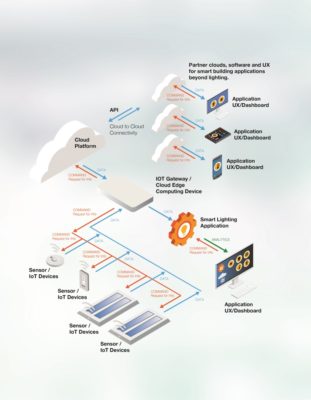
The Internet of Things at a glance, highlighting the lighting and networked control system. Data from sensors flows to a server or the Cloud, where it is analyzed and used for lighting management. Data can also be shared with other building systems and third-party software. The shown lighting and control system is readily achievable today. What happens beyond to create a single smart building that harvests and translates data into meaningful action is quickly developing. Image courtesy of OSRAM.
Networked lighting controls can reduce energy consumption by an average 47 percent, according to a recent industry study. That makes control a powerful tool in managing energy costs, but it only captures a small fraction of its potential value in enhancing quality lighting with LED technology.
The National Electrical Manufacturers Association (NEMA) has published ANSI C136.2-2018 American National Standard for Roadway and Area Lighting Equipment—Dielectric Withstand and Electrical Transient Immunity Requirements.
At the National Lighting Bureau’s 7th Annual Lighting Forum, a panel of experts discussed the development of the Internet of Things and its potential impacts on lighting.
The AIA’s semi-annual Consensus Construction Forecast, a survey of the nation’s leading construction forecasters, is projecting 4.4% growth in nonresidential construction spending in 2019 and 2.4% in 2020. This article by Craig DiLouie, LC, CLCP reviews the forecast and leading construction industry economic indicators.
The National Electrical Manufacturers Association (NEMA) has published ANSI C136.48-2018 American National Standard for Roadway and Area Lighting Equipment—Wireless Networked Lighting Controllers.
According to a recent research report by the market research and strategy consulting firm, Graphical Research, Europe Smart Lighting Market share will surpass USD $9 billion by 2024.
“Luminaire-Level Lighting Controls” (LLLCs) – this relatively new term in the lighting controls industry indicates that every fixture controlled by a networked lighting control system (NLC) incorporates two specific things: 1) a “controller”, and 2) sensors. This article by Steve Mesh describes the utility and application of this control approach, which is starting to be adopted by model energy codes.
McGuire Engineers’ John Yoon, PE, LEED AP ID+C recently contributed an article to CONSULTING-SPECIFYING ENGINEER citing 10 reasons why lighting controls commissioning may fail. It’s an excellent piece with plenty of helpful observations and guidance.
LUX Magazine recently published an article making a case that Bluetooth Mesh is positioned as a truly transformative protocol, enabling not only lighting control but capabilities far exceeding it.
Synapse recently published an online article providing guidance on how to implement daylight harvesting control strategies.
Steve Mesh writes, “According to Wikipedia, a communication protocol is a ‘system of rules that allow two or more entities of a communications system to transmit information via any kind of variation of a physical quantity.’ That’s a mouthful! What does that mean in terms of networked lighting control (NLC) systems?”
In a recent panel at seventh annual NLB Lighting Forum experts talked about wired and wireless control system protocols.
The Internet of Things (IoT) has become the talk of technologists everywhere, on every product level imaginable. Lighting is no exception. Understanding why this is such an energetic field requires thinking beyond conventional control and connectivity models. The integration of smart features opens the door to intelligent utilization of data and energy that cannot be achieved using closed, localized technologies that cannot be accessed beyond their limited utilitarian functionality.
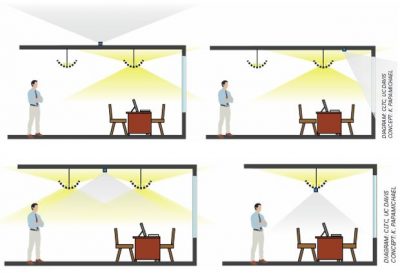
Photosensor placement and field of view for open-loop sensors (top) and closed-loop sensors (bottom). Image courtesy of CLTC.
In August 2018, the California Lighting Technology Center (CLTC) published a best practices guide for designing daylight harvesting lighting control systems. Titled Daylight Harvesting for Commercial Buildings Guide, it focuses on compliance with California’s Title 24 energy code, though it has broad application.
Craig DiLouie, LC, CLCP recently had the opportunity to interview Jonathan Cartrette, Systems Architect, Wattstopper/Legrand for an article that will be published in 2019 for ELECTRICAL CONTRACTOR. The topic? Lighting and cybersecurity.
In September, California passed SB-327, a cybersecurity law that will affect manufacturers of Internet of Things (IoT) and operational technology (OT) devices.
This article at Eaton’s THE SOURCE website provides an insightful look at how connected lighting can facilitate space optimization.
In August 2018, the DesignLights Consortium (DLC) released Energy Savings Potential of DLC Commercial Lighting and Networked Lighting Controls, which projects energy savings for LED commercial lighting and networked lighting controls. The report makes a case that to continue getting big energy savings from lighting for another decade, utility rebate program administrators should transition to supporting LED luminaires and networked controls.
This educational video, produced by the Lighting Controls Association at the 2018 LIGHTFAIR event, introduces the building industry to Lutron Electronics’ Enterprise Vue lighting control system.
In this guest post, LCA contributor Steve Mesh describes the “non-energy benefits” of connected lighting, which can add extraordinary value far beyond energy savings.
The Lighting Controls Podcast: Gary Meshberg and Harold Jepsen Talk New CIN/SOO Tool
09/12/2025In this episode of The Lighting Controls Podcast sponsored by MaxLite, hosts C. Webster Marsh and Ron Kuzmar interview Gary Meshberg, Chair of the Lighting Controls Academy, and Legrand’s Harold Jepsen, Vice Chair of the NEMA Lighting Controls Technical Section about the evolving world of lighting controls and a groundbreaking new Control Intent Narrative/Sequence of Operations Tool offered by the Lighting Controls Academy.
LCA TV: EmerLite™ by LiteTrace
09/08/2025This educational video, produced by the Lighting Controls Association at the 2025 LEDucation event in New York City, introduces LiteTrace’s EmerLite™, a wireless platform revolutionizing emergency lighting compliance for commercial facilities.
LCA TV: Athena Lighting Control System by Lutron Electronics
08/13/2025This educational video, produced by the Lighting Controls Association at the 2025 LEDucation event in New York City, introduces Lutron’s Athena lighting control system.
LCA TV: Wattstopper i3 Platform by Legrand
08/11/2025This educational video, produced by the Lighting Controls Association at the 2025 LEDucation event in New York City, introduces Legrand’s Wattstopper i3 Platform, a next-generation lighting and building intelligence solution powered by KODE Labs.
LCA TV: IR -TEC America’s Bluetooth Programming for Sensors
07/29/2025This educational video, produced by the Lighting Controls Association at the 2025 LEDucation event in New York City, introduces IR-TEC America’s Bluetooth programming capability for the company’s sensors.
LCA TV: Autonomy Lighting System by JDRF Electromag
07/23/2025In this educational video, produced by the Lighting Controls Association at the 2025 LEDucation event in New York City, Ray Dableh, CEO of JDRF Electromag, demonstrates the company’s Autonomy Lighting System, a self-configuring luminaire-level lighting control (LLLC) system.
LCA TV: NX Lighting Controls by Current
07/21/2025This educational video, produced by the Lighting Controls Association at the 2025 LEDucation event in New York City, introduces new products in Current’s NX Lighting Controls line–including NX Site Manager, an intuitive and easy-to-use GUI providing real-time programming and management.
LCA TV: OS-NET Wireless Lighting Control Solution by IR-TEC America
07/14/2025This educational video, produced by the Lighting Controls Association at the 2025 LEDucation event in New York City, introduces IR-TEC America’s OS-NET Wireless Lighting Controls Solution.

















